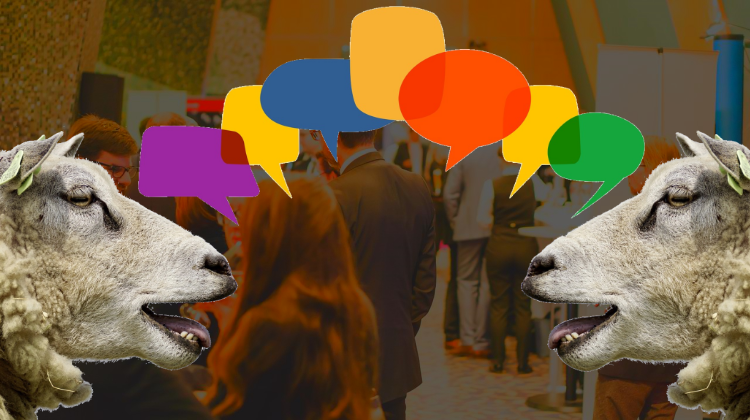
I read an entertaining blog post recently about freedom when it comes to social interaction. It makes a lot of sense. It turns out, with most social interactions, there is only one proper course of action.
For most people, the “proper course of action” to take in any given situation is obvious. We learn how to interact with others by watching others interact, and by our own experiences in interacting with others.
That said, the ideal method of learning varies between individuals. Some people learn best in a classroom environment. Others like to watch videos. Others like to follow along with workbooks. Personally, I learn best by reading on my own while visualizing in my mind.
I’m also a huge introvert with limited human interaction experience. I do my best in social situations. While I’m not totally socially inept, with my limited social experience I probably come across as slightly awkward in social situations, especially if I’m uncomfortable in any way.
For people like me, it would be helpful to see social interactions in the form of workflow charts. Like I mentioned above, these charts would likely be extremely simple and perhaps obvious to most people, but I think they would be useful to some people.
Borrowing from the blog post linked above, the simplest social interaction workflows may be:
“Please” → “Thank you.”
or
Someone opens the door for you. → Say “Thank you.”
These are probably obvious to most people. But social interaction workflows can also be complex. Imagine a social interaction workflow for asking your boss for a raise. Or asking someone you barely know out on a date. Or for de-escalating a hostage situation…
It would be very helpful to see social interaction workflows showing “best practices” for all kinds of complex situations.
Leave a Reply